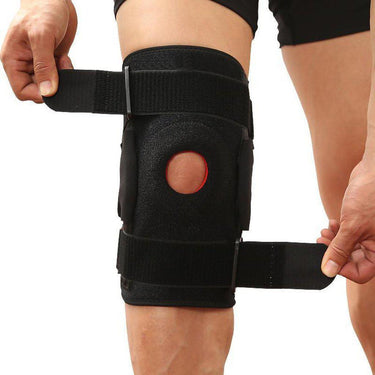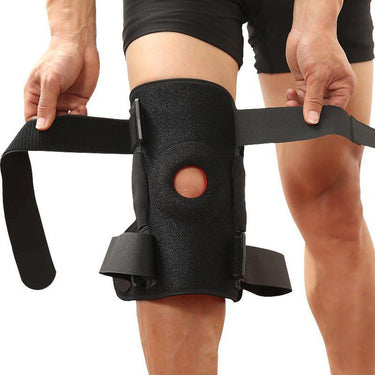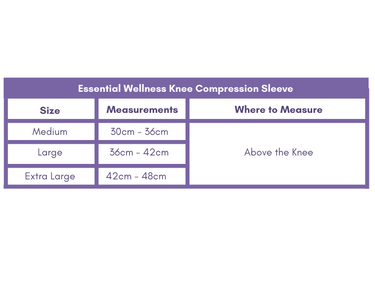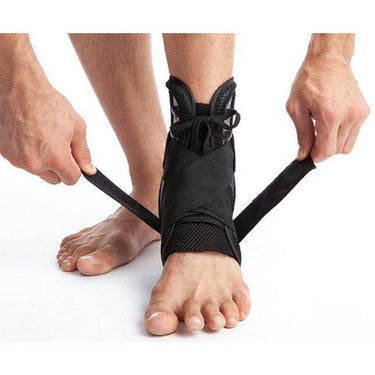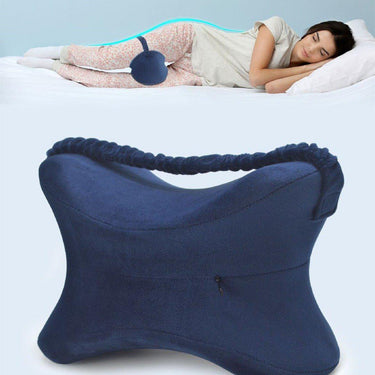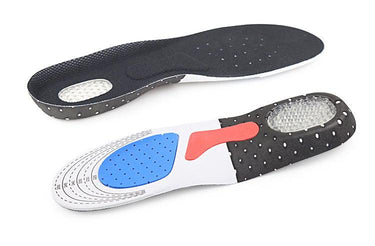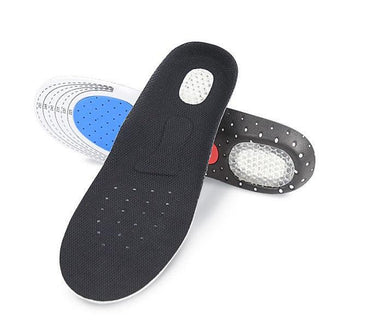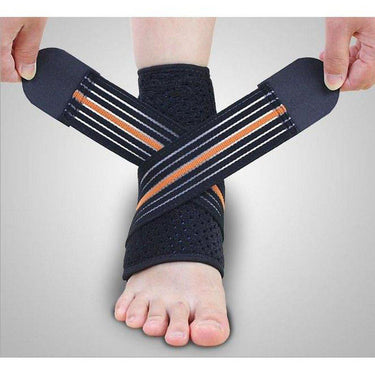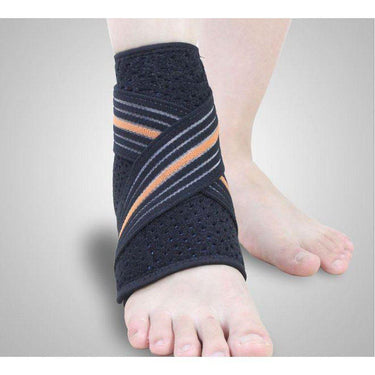How Do I Hide My Limp?
This is a question that is asked to therapists and rehabilitation specialist worldwide! A limp is commonly associated with pain in the ankle, knee, hip and even the back can be responsible!
It is a cause of unwanted attention, embarrassment and an increasing fear of losing balance and falling over. In some cases, this can cause further injury and make the limp worse. Fortunately, there are many ways to reduce a limp when walking and if not get rid of it completely then make it much less noticeable.
It can often take some time to fix the causes of limping and mixes exercises for body and brain to restore a 'normal' walking pattern. Hiding a limp is a great motivator and the following steps will help you take yours towards limp-free walking.
Limping due to Ankle injury/pain
The ankle is a versatile joint, it can move in many directions, if any of these movements are restricted or stiff this can limit how much it is able to move when walking. The joints in the ankle can be painful with arthritis, a recent ankle sprain or some other injury making walking more challenging as putting weight through the ankle is painful.
Pain or stiffness in the ankle or foot are the two main causes of limping at this joint, further in this article you will see knee and hip related causes.
Exercises
Mobility
- having good ankle movement is key to a normal walking pattern. If your ankle is stiff, if you can't point your foot away from the shin or pull it up towards the shin then improving this will reduce your limp. Ever feel like your ankle catches or gets stuck when you are walking? Take 5 minutes every day to get that movement back. ACTION: Drawing the alphabet with your foot can help to get full movement back in addition to the exercises above.
Another good measurement of mobility is the knee to wall test - place your foot on the floor with your toes touching the wall, take your knee towards the wall; if it touches then continue to move your foot back 1 cm until your knee can't reach the wall. We're aiming for at least 6 cm here (from big toe to wall).
Stretching
- if your knee to wall test is less than 6 cm it may mean your calf is tight, which can also cause limping - stretching regularly can remove this barrier to normal walking. You can stretch the calf with the knee bent or with it straight - there are 2 different muscles to be stretched!
ACTION: Near a wall try to touch your knee to the wall with the whole foot flat on the floor. For the longer muscle take the leg behind you and bend your front knee, like a lunge position - only keep your heel on the floor and feel the stretch in the calf. Alternatively, you can drop your heels when standing on the edge of a step, hold onto something when doing this to keep your balance! For all of these stretches, they work best when done for over 30 seconds 3 times a day.
Balance
Do you limp because you don't trust your ankle? After an injury or with pain balance can be reduced and the ankle can feel unstable so we don't walk naturally.
ACTION: Holding on to a solid surface stand on one leg with your shoes and socks off. Try to reduce the pressure you put in your hands to stabilise and put more weight through the ankle. It's likely you'll feel wobbly and unstable, this is normal. Build up to 60 seconds with no hands and then try closing your eyes!
Support
Another reason for limping is joint instability and lack of trust - if your ankle hurts, is sprained or you've recently had surgery it may feel that when you walk your ankle might give way or let you down. Wearing a joint support offers reassurance and peace of mind when your foot hits the ground. It allows you to concentrate on your walking pattern and not if the ankle will cope.
The feeling of wearing a good ankle support relaxes the brain and allows it to pay more attention to position and balance. Giving you a feeling of confidence and strength when walking, making the limp less obvious. You may also notice that you can walk a lot further before your limp becomes noticeable to others, making your walking much more enjoyable!
Practice
Practice makes perfect! If you have developed a limp gradually over time your body and brain with have adjusted to it. Limping may now be part of your walking style so it can take some time to re-programme the brain to be limpless.
When walking the foot hits the ground heel first, we call this the heel strike. The leg then takes the full weight of the body onto one leg before rolling onto the toes (toe-off) as the other heel reaches the ground. This is the best place to start addressing your limp.
Use space at home to practise, walking purposefully and concentrating on the heel hitting the ground first and then the toes. If you land flat-footed people will hear your coming and you will wear your shoes out quickly!
When your leg is swinging your toes should lift slightly to clear the floor, try and think about this too if you tend to scuff the front of your shoes when walking/limping.
Limping due to Knee injury/pain
Exercises
Mobility
If the knee cannot fully straighten then it will be more challenging to get rid of the limp altogether. Mobility is recommended for this reason. The feeling of free movement when walking helps to reduce limping and improves the messages between the knee and brain when walking.
ACTION: Sitting comfortably on your sofa, pop your leg up either resting on a footstool or on the sofa - push the knee down into a straight position and feel the muscles at the front of the thigh tighten. If you feel a stretch in the back of the knee or thigh, this is normal if those areas are stiff, move gently into the movement until you reach a slightly uncomfortable limit and hold for 30 seconds. The same goes for bending the knee, pull it towards you and try to hug it towards you - it can also be done on a bed lying with knees bent and moving down the bed to bring your bottom closer to your ankle.
Flexibility
Can you touch your toes? You might feel this pull on the back on your leg if so, it is useful to do this stretch 2-3 times during the day so the muscles are supple for walking.
ACTION: Stretch the front of the thigh too, by bending your knee and taking your ankle towards your bottom, you might feel unsteady so hold on to a solid surface with the other hand.
Strength
If the knee feels like it might give way as you walk then making the muscles stronger can help. Pain can switch the muscles off and makes walking more difficult. If you feel the leg is weak when you are limping then work on the muscles at the front of the thigh.
ACTION: Lying on your bed put a rolled up towel or cushion under your knee. Squeeze the muscles at the front of the thigh and lift the heel off the bed. Hold this for 10 seconds and slowly lower the heel back down, try not to let it thump! Repeat 10 times daily for best results. For the muscles on the back of the thigh roll over and slowly bring your heel towards your bottom, lower it slowly to the bed (this is the hard part) and repeat 10 times.
After doing these two exercises over a month your leg should start to feel more steady and reliable.
Support
If you walk with a limp and get the feeling that your knee might let you down, using a support can remove this feeling for limp-free walking. If the muscles or ligaments of the knee are weak then walking any distance can be painful and difficult a support provides the external stability in place of the internal instability.
Once the feeling of stability and comfort from wearing a brace makes you more confident walking, you'll find you can walk further and your limp becomes a thing of the past.
Practise
When knee pain, arthritis or ligament damage causes a limp then once the leg is stronger and more mobile, walking practice can begin. If you have developed a limp over time it's likely you'll need to be patient and think about walking when you are doing it. To get rid of a limp you need to be prepared to spend a lot of time thinking about your walking.
As you take a step your knee should move from slightly bent to fully straight, as your heel hits the floor the knee should be completely straight with the front of the thigh tensed. As you take a step, notice what your thigh muscles are doing and make them tense as you put your weight through your leg.
Remember, when you are walking your steps need to be symmetrical left and right, if you spend less time standing on the leg, to spend more time on your pain-free knee, it will look like a limp to most people.
Limping due to Hip injury/pain
Exercises
Mobility
- Restricted movement, especially in the hip can cause a limp and even back in the back. If hip pain is causing limping then the aim is improved backwards movement of the leg.
ACTION: Sitting on a chair bring your ankle up to the opposite knee and rest it there for 30 seconds, you should feel a stretch in your buttock. When lying down, hug your knee towards your chest to improve bending. When standing, take the leg behind you in a deep lunge and feel a stretch at the front of the hip.
Strength
As we walk the hip acts to keep the leg straight and support the weight of the body. A limp can appear when muscles in the back and side of the hip are weak, people get a feeling the hip gives way to the side. You can also test this by standing on one leg in front of a mirror, if your hip drops to the side then the muscles in that area aren't doing enough to support the hip.
ACTION: Standing holding on to something solid, gently take the leg behind you feeling the buttock squeeze return to the starting position and repeat 10 times. You can also do the same thing taking your leg away from your body, sideways - be sure to keep the knee straight so the hip is working hard.
On the bed, bend your knees so your feet are flat, then lift your bottom off the bed as high as you can so there is a straight line from knee to shoulder. Think about squeezing your buttocks here so they really get involved. Try to hold that position for the count of 10 then lower down and repeat 10 times.
Rolling on to your side, you can strengthen the outside of the hip. Bending your knees and resting them on top of one another, gently lift the top leg keeping the ankles together so just the knee lifts. You will feel the muscles tighten in the buttock around your back pocket. By the time this exercise has been done 10 times you may well find the area burns and aches a little - this is a normal part of muscle fatigue!
With the hip it isn't enough to practice these exercises, we have to remind the muscles to work while we are walking, even over short distances.
Practise
If hip pain or weakness is causing your limp then strength will be key to the practice.
As you swing your painful leg and hit the ground with your heel your buttock should tighten to take the impact and keep the body moving forward.
Thinking about squeezing the buttock as your foot hits the ground and imagine it pulling you tall and upright. Stooping less and moving with the momentum will lessen your limp and restore your confidence in walking. In my experience, this is something that needs to be kept in mind whenever people are walking, if you forget you're likely to revert to your old ways until at least 2-3 months of practice!




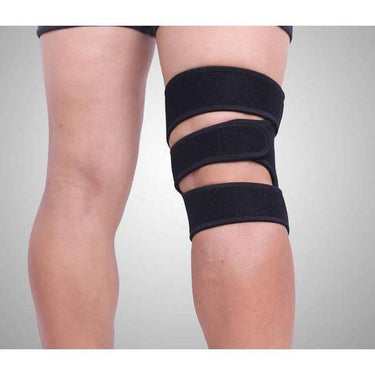
![Extra Large Knee Support, Adjustable Fit - More comfort for larger knees-Orthotics, Braces & Sleeves-[Single] Knee Support - Extra Large-Essential Wellness-5060536630770](http://essentialwellness.co.uk/cdn/shop/products/orthotics-braces-sleeves-extra-large-knee-support-adjustable-fit-more-comfort-for-larger-knees-1_375x.jpeg?v=1640355859)
![Extra Large Knee Support, Adjustable Fit - More comfort for larger knees-Orthotics, Braces & Sleeves-[Single] Knee Support - Extra Large-Essential Wellness-5060536630770](http://essentialwellness.co.uk/cdn/shop/products/KneeSupportSizeGuide_375x.png?v=1626784613)
